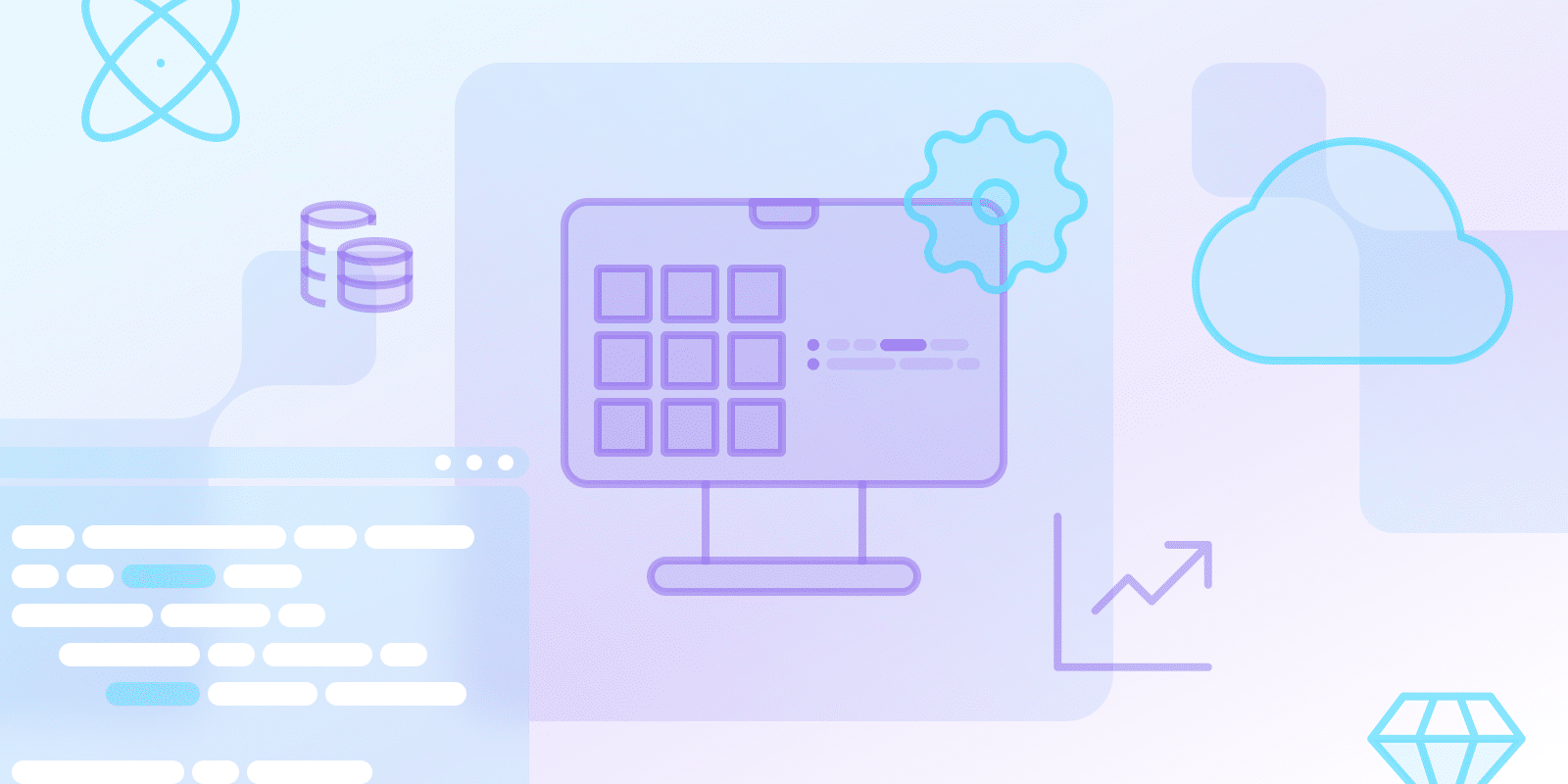What is Containerization?
Cloud-Native Development

What is containerization?
In its simplest terms, containerization is bundling an application with all its necessary libraries, dependencies, and configuration files into a single entity called a container. That container is designed to run similarly in any environment, including a developer’s laptop and a cloud server, to minimize compatibility issues.
In contrast to virtual machines, which employ a separate guest operating system kernel, containers operate on the host’s kernel, allowing for a more lightweight and efficient approach. To achieve higher overall throughput, several aspects, such as the fast startup time of the startup shell, utilization of the resources, and container density per host, should be improved.
How does Docker streamline containerization?
Docker is an open-source platform commonly used to ensure the effective process of building, shipping, and running containers. The tool’s characteristics are to meet the challenges that arise when managing containers at stages of their life cycle.
Docker’s popularity can be attributed to several key features, such as:
- Image Creation: Docker makes it possible to build container image blueprints that set the framework for running containers. These images may be shared and created in one or several versions.
- Container Runtime: Docker provides the implementational layer responsible for executing the containers and ensures their consistency of communication irrespective of the platform.
- Registry: Docker Hub is a central repository for storing and sharing container images to guarantee collaboration and reuse.
What are the specific benefits of containerization within the context of cloud-native development?
Containerization is entirely in line with the cloud-native application approach, which involves creating and deploying applications that utilize all of the capabilities provided by the cloud. These potential benefits may be associated with several specific examples, including:
- Escalabilidade: Containers can be managed by increasing or decreasing the number of containers, which uses workloads and considers cost control.
- Portability: Containerized applications are portable and not constrained to run in only one cloud service provider environment or combined on-premise.
- Resource Management: Containers run directly on the endpoint’s OS kernel, which enables them to host more applications than VMs, which may, in turn, compromise resource utilization.
What is Kubernetes?
Containerized applications start getting complex as they grow, and it becomes hard to manage them through manual processes. Kubernetes, an código aberto container orchestration, comes into the picture to handle the deployment, scaling, and management of applications at runtime. This feature includes capabilities such as:
- Load Balancing: Kubernetes directs the incoming network traffic to several containers, leveraging containerization for improved efficiency and high availability.
- Self-Healing: Kubernetes restarts or replaces failed containers to ensure the application is always available.
- Service Discovery: Kubernetes provides a mechanism for containers to locate each other and interact while considering scalability for managing their environment.
What are some common challenges and considerations associated with containerization in cloud-native development?
Containerization in cloud-native development has a number of benefits, but it also has some drawbacks, as follows:
- Segurança: Containers need to be configured effectively to prevent various cloud security threats relating to the system. Developers should follow some security best practices, including image scanning and vulnerability management.
- Networking: Handling interactions between containers at complex networks can only be done systematically via the specified ways.
- Storage: It is very important to decide how to store a containerized application about performance, persistence, and data sharing.
Developers should consider appropriate security-oriented approaches, use compliant container networking systems, and choose efficient storage types depending on the application.
Conclusão
Containerization has a significant impact on software development, setting solid motion for constructing, relocating, and running software in cloud-native settings.
Understanding the use of Docker and Kubernetes, including the limitations and challenges associated with containers, can help developers leverage these technologies effectively and navigate the transition toward a cloud-native environment.